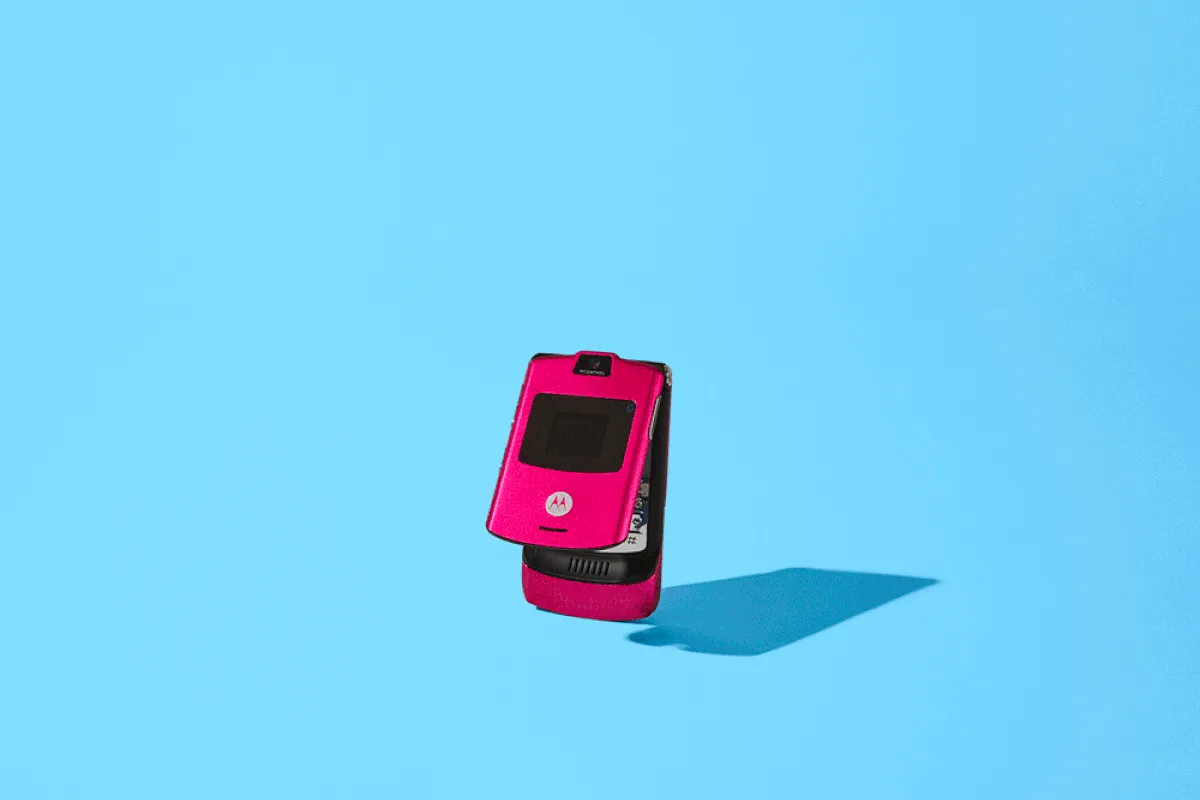Pregnancy Week by Week
Learn about your pregnancy week by week, including common symptoms and baby’s development during each pregnancy trimester, from the Babylist experts.
First Trimester

Weeks 4 - 12
Congratulations, you're pregnant! A lot happens during the first trimester of pregnancy. From pregnancy symptoms to baby's development, here's what to know about the first trimester weeks, from 4 weeks to 12 weeks pregnant.
Second Trimester

Weeks 13 - 27
You're in the second trimester of pregnancy! These guides for 13 weeks pregnant to 27 weeks pregnant will help you get ready for this stage of pregnancy. From ultrasounds to development, here's what's happening with you and baby during the second trimester weeks.
Third Trimester

Weeks 28 - 42
It's the third trimester now, and your baby will be here soon. As you prepare, find out what's happening with you and baby during these third trimester weeks. Here's what to know about this pregnancy stage, from contractions to birth.







































